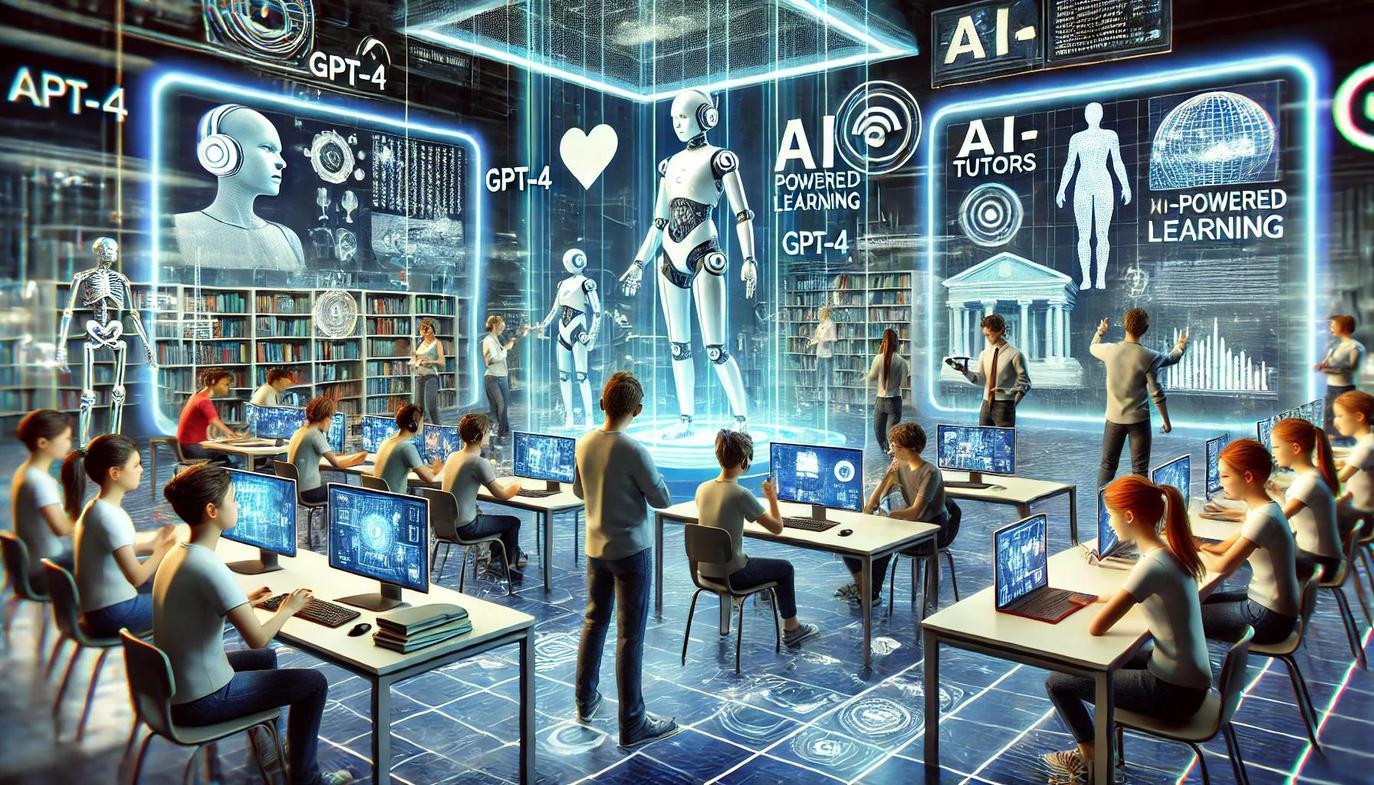Unlocking the Future: How AI in Classrooms Is Revolutionizing Teaching and Learning in 2025
In 2025, artificial intelligence (AI) is no longer just a buzzword—it’s a basic force shaping education for students and teachers alike. The integration of AI in classrooms worldwide is transforming how knowledge is delivered, personalized, and assessed. As schools embrace this technological revolution, letS explore how AI is reshaping education, outlined with real-world examples, practical advice, and a vision for the future of teaching and learning.
AI in Classrooms: The New Normal
AI-powered tools and platforms are now a staple in modern education. From intelligent tutors to automated grading and virtual learning environments,AI is bridging gaps and fostering inclusive learning. Here’s why AI in education is a game-changer in 2025:
- Personalization: Adaptive learning paths tailored to individual student needs.
- Efficiency: Automated administrative tasks free up teaching time.
- Accessibility: AI tools provide support for students with diverse abilities and backgrounds.
- Engagement: gamified, interactive lessons spark curiosity and participation.
Key Benefits of AI in Teaching and Learning
Implementing artificial intelligence in classrooms isn’t just about the latest technology; it’s about unlocking human potential. Here are the most impactful advantages educators and students are experiencing in 2025:
1. Personalized Learning at Scale
AI algorithms analyze student progress continuously, adapting content difficulty, pacing, and learning modalities. Students get custom-tailored lessons that match thier strengths and needs.
2.Intelligent Tutoring Systems
AI-powered tutoring platforms provide instant, round-the-clock support for subjects ranging from math to language arts. These systems deliver hints, explanations, and feedback—mimicking individualized teacher attention.
3. Enhanced Engagement Through Gamification
AI enhances digital content with interactive simulations, gamified assessments, and immersive AR/VR experiences.This not onyl makes learning fun but also boosts student retention and motivation.
4. Streamlined Administrative Tasks
Teachers now save hours each week as AI automates grading, scheduling, and reporting. This shift allows more time for lesson planning and student interaction.
5. Equitable Access and Inclusivity
AI-driven tools offer accessibility features like real-time translation, speech-to-text, and resources for learners with special needs, breaking down barriers in diverse classrooms.
2025 in Practice: Case Studies of AI in Classrooms
AI adoption in schools isn’t just theoretical—it’s happening today. Here are a few standout examples:
-
Case Study: Greenfield High School (California, USA)
Using an AI-powered adaptive learning platform, Greenfield saw a 22% increase in math scores and improved engagement for students who previously struggled with traditional teaching.
-
Case Study: The Learning Lab (Helsinki, Finland)
AI chatbots provide multilingual support, allowing immigrant students to participate alongside native speakers with real-time language translation and personalized vocabulary practice.
-
Case Study: Sydney Futures College (Australia)
Teachers leverage AI-powered grading and analytics to track class progress, identify knowledge gaps, and provide targeted interventions—leading to 30% more effective lesson planning.
First-Hand Insights: Voices from the AI-Enhanced Classroom
“Since integrating AI into our classroom, my workload has been lighter, and students are far more engaged. The instant feedback from intelligent platforms motivates everyone, including myself, to do better every day.”
— Emily Cohen, 8th Grade Teacher, Ontario
“The AI tutor helped me understand algebra in ways I never could before. It felt like having a personal coach whenever I got stuck!”
— Nia Patel, Student, London
Practical Tips for Implementing AI in Education
- Start Small: begin with one AI tool or app to solve a specific challenge before scaling wider across the classroom.
- Prioritize Data Privacy: Choose platforms that comply with data protection regulations (like GDPR or FERPA) and prioritize student security.
- Train Teachers: Offer hands-on professional development on using AI tools effectively, including best practices for digital pedagogy.
- Gather Feedback: Involve students, teachers, and parents in the evaluation process to ensure AI supports (not replaces) meaningful learning.
- Focus on Equity: Use AI solutions that enhance accessibility and support for all learners, especially those with special needs or language barriers.
What’s Next: The Evolving Role of Teachers in AI Classrooms
Contrary to replacing educators, AI empowers teachers to focus on what matters most: building relationships, inspiring curiosity, and guiding meaningful learning journeys. In 2025 and beyond, triumphant classrooms are those where humans and intelligent technology collaborate seamlessly.
Teachers are becoming:
- Facilitators of critical thinking and creativity
- Curators of engaging, AI-enhanced learning experiences
- Champions of individualized and inclusive education
- role models for ethical and responsible AI usage
conclusion: Embracing the AI Classroom Revolution
The future of AI in classrooms is shining, inclusive, and filled with opportunities. In 2025, educators, students, and schools that embrace artificial intelligence for teaching and learning are witnessing transformative outcomes—from higher achievement and streamlined workflows to unprecedented personalization and support.
As we look ahead, the goal isn’t to replace the human touch in education but to amplify it. AI in education is the tool that unlocks every learner’s full potential, prepares students for a rapidly changing world, and redefines what it means to teach and learn in the digital age.
Are you ready to join the revolution and unlock the future of education with AI?

